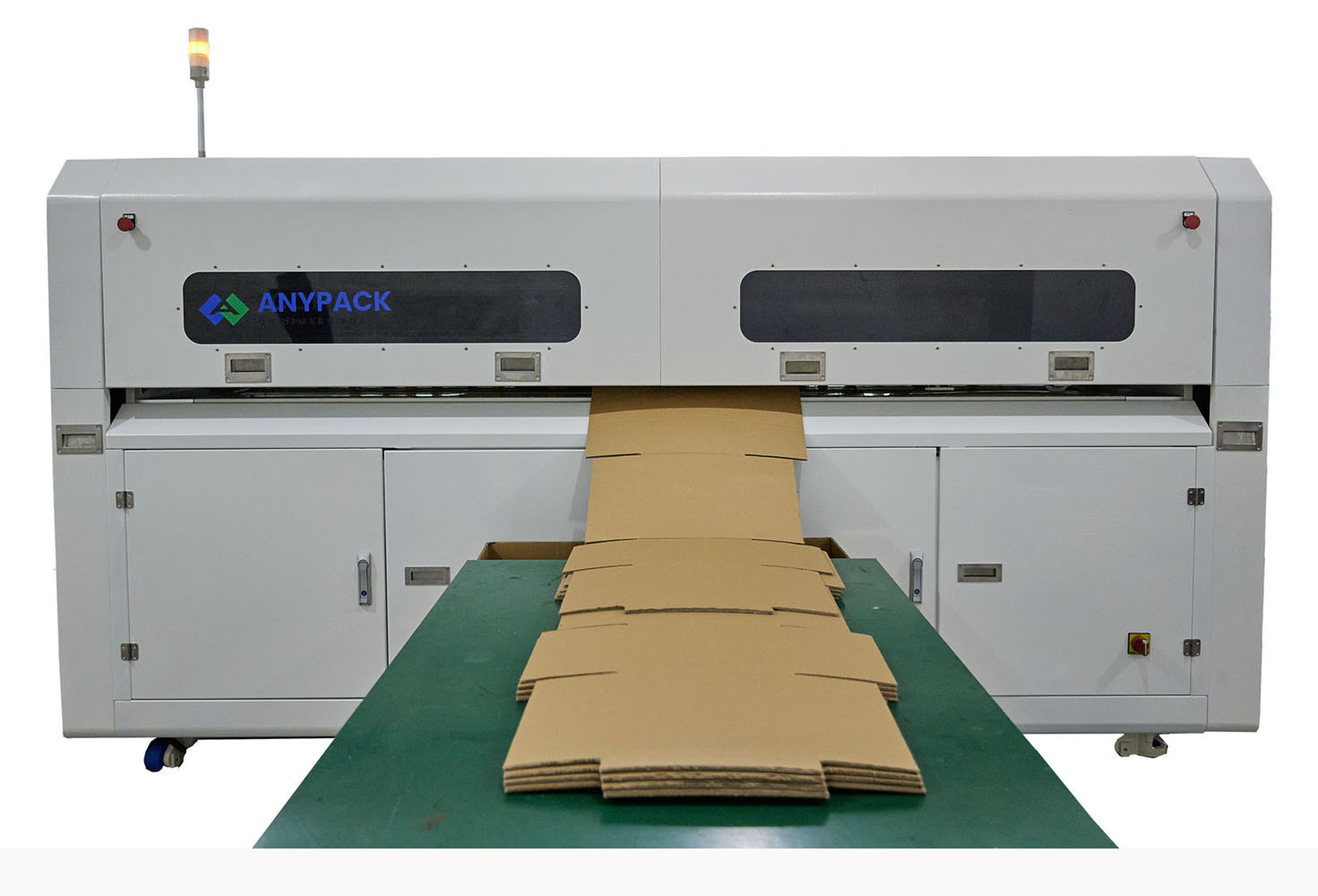In the world of packaging, the unsung hero often goes unnoticed – the humble corrugated box. While it may seem like a simple container, the science behind its sturdiness is a fascinating journey into the realm of material engineering and design. Corrugated Box Machine play a crucial role in protecting goods during transportation, and understanding the science behind their strength is essential for both manufacturers and consumers.
The Anatomy of Corrugated Boxes:
At first glance, a corrugated box might appear as just a cardboard structure, but its design is anything but ordinary. Comprising three layers – a liner on the outside, a corrugated medium in the middle, and another liner on the inside – the box gains its strength through this unique combination.
- Outer Liner:
- The outer layer serves as the first line of defense against external forces.
- Crafted from sturdy materials like Kraft paper, it provides durability and protection.
- Corrugated Medium:
- This layer is the heart of the corrugated box, consisting of the fluted or wavy material between the two liners.
- The corrugated medium provides rigidity, flexibility, and shock absorption, crucial for resisting external pressures.
- Inner Liner:
- The inner liner offers additional support and protection, ensuring the contents remain intact.
- Similar to the outer liner, it is made of durable materials to enhance the overall strength of the box.
The Science Behind Strength:
Several factors contribute to the overall strength of a corrugated box, making it a science in its own right.
- Flute Size and Shape:
- The size and shape of the corrugated medium’s flutes play a pivotal role in determining strength.
- Larger flutes provide better cushioning and shock resistance, ideal for transporting fragile items.
- Material Quality:
- The quality of materials used in the liners and corrugated medium directly impacts the box’s strength.
- High-quality Kraft paper and robust corrugated material enhance durability and performance.
- Box Geometry:
- The dimensions and design of the box affect its overall strength.
- Engineers consider the weight and fragility of the contents when determining the ideal box dimensions to maximize strength.
- Adhesive Strength:
- The adhesive used in bonding the layers is critical for box integrity.
- High-quality adhesives ensure that the layers remain securely attached, preventing the box from collapsing under stress.
Applications and Benefits:
Understanding the science of sturdy corrugated boxes has far-reaching implications across various industries.
- Shipping and Logistics:
- Sturdy corrugated boxes are indispensable for transporting goods safely.
- They protect items from the rigors of transportation, including vibrations, impacts, and compressive forces.
- E-commerce Packaging:
- As online shopping continues to thrive, the demand for robust packaging solutions has never been higher.
- Corrugated boxes provide a reliable solution for protecting products during the shipping process.
- Sustainable Packaging:
- The science of sturdy packaging extends to sustainability efforts.
- Optimizing box strength reduces the need for excessive materials, contributing to eco-friendly packaging solutions.
Conclusion:
Mastering the science of sturdy corrugated boxes involves a careful balance of materials, design, and engineering principles. As the backbone of modern packaging, these unassuming boxes play a crucial role in ensuring that products reach their destinations intact. Whether in shipping, e-commerce, or sustainability initiatives, the science behind sturdy corrugated boxes continues to evolve, pushing the boundaries of innovation in packaging solutions.
